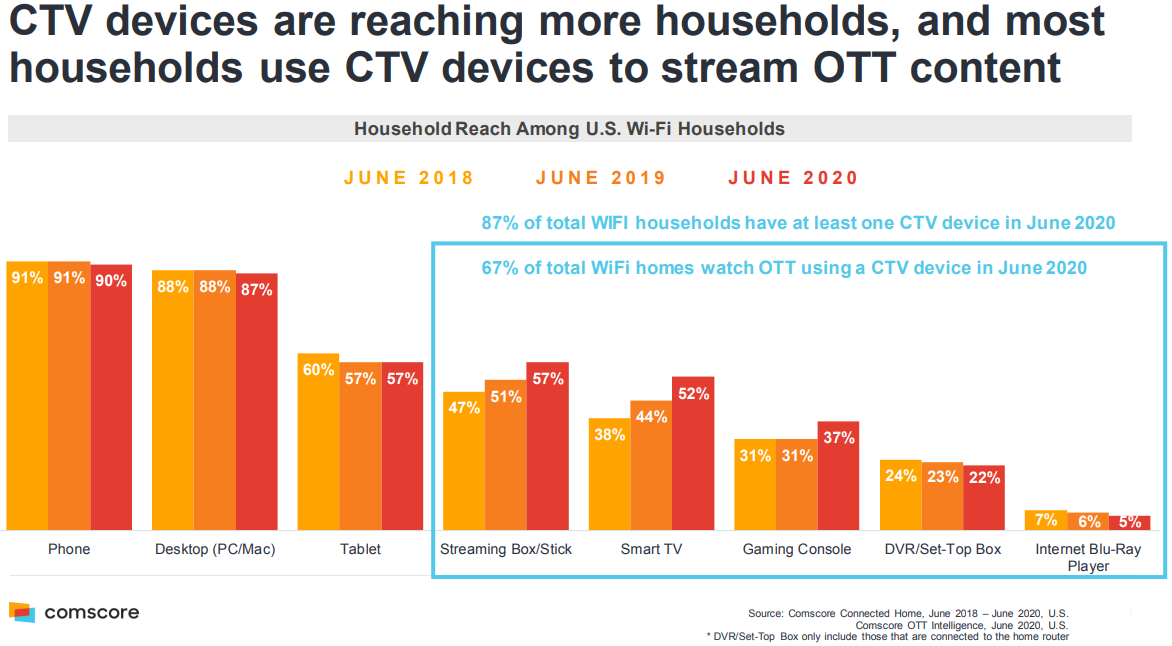CHICAGO – The growth in over-the-top (OTT) video services has given advertisers another way to reach households that either canceled cable and satellite services of never signed up for them. Marketers and their media agencies also can get quick access to viewership data, helping them to make adjustments to their campaigns and complement their linear TV buys to reach target audiences.
OTT is “a nice extension of our television buys, and that’s kind of how it started,” Kate Diehl, director of media buying at Pinnacle Advertising, said in this interview with Beet.TV. “It was a way for us to complement our linear television and cable schedules, but in a way that we could target that one-to-one impression level to hit our consumers.”
Advertisers can reach audiences regardless of the programming with an impression-based approach to targeting.
“For us, it’s really about the content,” Diehl said. “It doesn’t necessarily matter anymore if your audience is watching a program that might not have ordinarily targeted with your linear buy because you know that they’re watching. It’s allowed us to extend our linear reach to have that more drilled-down, targeted approach to long-form video.”
Measurement Challenges
Even as OTT advertising provides more immediate data about impressions, that doesn’t necessarily mean it solves all the challenges with measuring business outcomes. While direct-to-consumer brands may be seeking an immediate response, they also benefit from raising awareness among potential customers who aren’t quite ready make a purchase without doing more research.
“The difficult thing with OTT is that it’s not a clickable environment,” Diehl said. Because much of TV watching tends to be passive viewing experience, advertisers can measure performance with other kinds of key performance indicators (KPIs).

Source: Comscore
“A lot of the KPIs for OTT in terms of our delivery would be video completion rate. Then, we need to understand how that translates into a conversion,” Diehl said. The measurement space is very fragmented, and company is talking to a variety of attribution partners about the best methodologies for determining the performance of ad campaigns.
“We have our own modeling and forecasting that we use internally, but I think it’s really just figuring out what we’re most comfortable with in terms of what our KPIs are,” she said.
The temporary suspension of live sports during the pandemic was disappointing for linear TV, but that didn’t dissuade viewers from boosting their consumption of other kinds of programming. As much as digital streaming platforms have grown, linear TV still has a place in the media mix, Diehl said.
“2020 really showed that linear television isn’t dead,” Diehl said. “We’re seeing consumption is up across the board.”
You are watching Advancing Toward a Common TV Measurement Currency, a Beet.TV leadership series presented by Comscore. For more videos from the series, please visit this page.



































